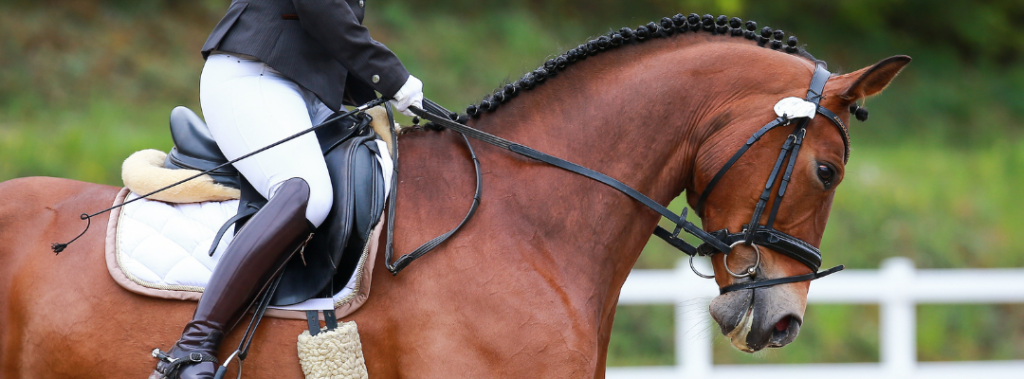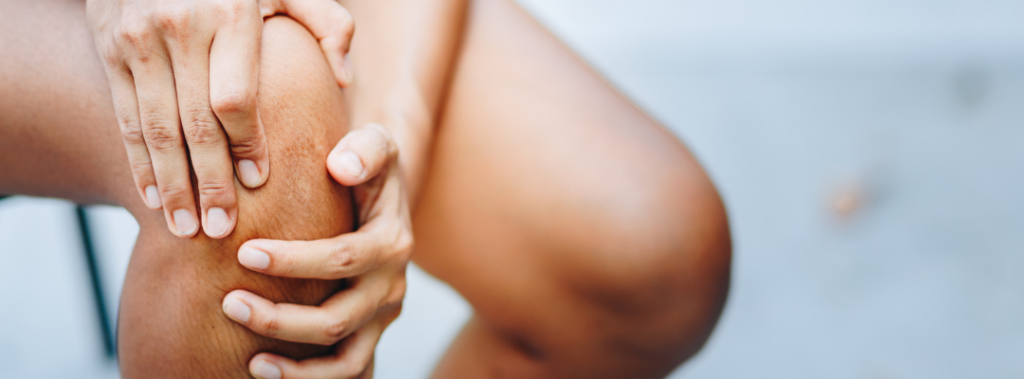
In veterinary medicine, post-operative care is just as critical as the surgical procedure itself. A smooth and accelerated recovery process not only improves the pet’s quality of life but also fosters trust and satisfaction among pet owners. Among the supportive treatments gaining traction, veterinary low level laser therapy (LLLT) is emerging as a preferred modality to help enhance healing, reduce inflammation, and minimize post-operative pain in both small and large animal practices.
Read on to explore how veterinarians are incorporating laser therapy into their post-surgical protocols to optimize patient outcomes and elevate the standard of care.
Clinical Benefits of LLLT for Post-Operative Veterinary Patients
The post-operative period is a pivotal window where targeted support can mean the difference between complications and a smooth recovery. Low level laser therapy, or photobiomodulation, offers a non-invasive, drug-free solution that enhances healing and alleviates pain by delivering specific wavelengths of light to tissues. This aids in stimulating cellular repair and triggers a cascade of biochemical events – supporting ATP production, improving circulation, reducing inflammation, and accelerating tissue regeneration.
These clinical effects are increasingly well-documented in peer-reviewed veterinary and comparative medical research.
Reduced Inflammation and Swelling
LLLT modulates pro-inflammatory cytokines and enhances microcirculation at the surgical site, resulting in a measurable reduction in edema. In a controlled veterinary study, dogs with surgical incisions treated with laser therapy exhibited significantly less inflammatory cell infiltration and tissue necrosis within the first week post-op compared to untreated controls. Similarly, research in dental surgical patients shows that laser-treated sites experience markedly less post-operative swelling, supporting cross-species applicability.
Accelerated Healing and Tissue Regeneration
Laser therapy stimulates fibroblast proliferation, collagen synthesis, and angiogenesis – key drivers of wound healing. In a randomized clinical trial, dogs receiving LLLT post-operatively demonstrated significantly faster and more complete incision healing compared to untreated controls. Histological analysis revealed more organized collagen deposition and increased markers of regeneration, indicating deeper tissue benefits. These results align with in vitro studies of canine fibroblasts showing enhanced cell growth and migration following LLLT.
Pain Management Without Pharmaceuticals
LLLT delivers analgesic effects by modulating nociceptor sensitivity, increasing endogenous opioids, and reducing inflammatory signaling. Studies have shown that those treated with LLLT had significantly lower post-operative pain scores despite receiving the same baseline analgesics as controls. Another study comparing LLLT to meloxicam in dogs undergoing spays found laser therapy provided equivalent or better pain relief, with treated dogs requiring less rescue analgesia. These outcomes highlight LLLT as a potent adjunct – or alternative – to pharmaceuticals.
Faster Return to Function and Mobility
Pain reduction and tissue healing contribute to improved mobility in post-op patients. In dogs recovering from spinal surgery due to disc herniation, daily laser therapy cut median time to ambulation from 14 days to just 3.5 days, according to a randomized trial. For orthopedic patients, research following TPLO surgery showed that dogs receiving LLLT had better hindlimb function and gait scores at eight weeks compared to controls. This is especially valuable in orthopedic recovery, where early weight-bearing can prevent muscle atrophy and joint stiffness.
Lower Incidence of Post-Surgical Complications
By improving circulation, supporting immune function, and promoting faster tissue closure, LLLT may reduce the incidence of complications such as infection, seroma, or wound dehiscence. A pilot study on contaminated wounds found that laser-treated wounds had significantly reduced bacterial load and improved healing scores. Meanwhile, incision-focused research has shown that laser-treated sites consistently demonstrate better skin apposition and reduced healing time, potentially lowering risk for wound breakdown or scarring.
Ideal Surgical Cases for Post-Operative Laser Therapy
While veterinary low level laser therapy can benefit many surgical patients, certain procedures consistently show marked improvements when laser therapy is incorporated into the recovery plan.
Post-operative LLLT protocols typically begin within the first 24–48 hours after surgery. Acute treatment plans may involve daily sessions for 3–5 days, followed by tapering frequency based on tissue response and healing stage. In complex or orthopedic cases, therapy may continue for several weeks to support full rehabilitation.
By tailoring treatment frequency and parameters to the specific procedure and patient, veterinarians can provide precision healing support while minimizing complications and discomfort. Understanding where LLLT delivers the greatest return can help veterinarians strategically integrate it into post-operative protocols.
Orthopedic Surgeries
Procedures like TPLO, FHO, or fracture repair can result in significant inflammation and prolonged convalescence. LLLT has been shown to help reduce postoperative swelling, support osteogenesis, and improve joint function – allowing pets to regain mobility sooner and with less discomfort.
Spay/Neuter Procedures
Though routine, spay and neuter surgeries can still cause significant discomfort, especially in younger or more sensitive animals. Laser therapy post-spay has been shown to aid in reducing pain scores and support faster incision healing, while also minimizing reliance on NSAIDs or opioids.
Soft Tissue Surgeries
From mass removals to gastrointestinal procedures, soft tissue surgeries benefit from LLLT’s ability to promote faster wound healing and collagen organization. Laser-treated wounds often close more quickly, exhibit less swelling, and show fewer complications – leading to smoother recoveries.
Dental Surgeries
Oral procedures often lead to pain and delayed eating post-op. LLLT has been successfully used in feline gingivostomatitis cases to reduce mucosal inflammation and promote healing post-extraction. In canine and feline patients, laser therapy also supports faster return to eating and less oral discomfort.
Comparing LLLT to Traditional Post-Surgical Recovery Approaches
Veterinarians have long relied on a combination of rest, pharmacological pain control, and physiotherapy to manage post-surgical recovery. While effective, these methods can have limitations when used on their own:
- NSAIDs & Opioids: Risk of GI upset, sedation, organ strain
- Rest & Restricted Movement: Slower recovery, risk of secondary issues like weight gain or stiffness
- Cold/Heat Therapy: Short-lived effects, limited penetration to deeper tissues
- Passive Range-of-Motion (PROM) Exercises: Labor-intensive, not always tolerated by pets
LLLT addresses many of these shortcomings by offering a hands-free, non-invasive, and well-tolerated adjunct that enhances the body’s own healing mechanisms. Moreover, when used alongside conventional therapies, it amplifies the benefits of each modality.
Integrating LLLT into Your Veterinary Post-Surgical Protocol
Low level laser therapy is a powerful, evidence-backed modality that’s transforming post-operative recovery in veterinary medicine. By reducing pain, swelling, and healing time, LLLT not only improves clinical outcomes but also strengthens the trust between veterinarian and client.
Best of all, implementing laser therapy doesn’t require a major overhaul of your veterinary clinic. Most devices come with settings for various surgical applications, and technicians can be easily trained to perform treatments safely and effectively. A simple explanation at discharge, paired with a demonstration or testimonial, often leads to high acceptance rates.
Post-op recovery is often the most visible and emotionally impactful phase for pet owners. Integrating laser therapy not only improves recovery – it also communicates your commitment to advanced, compassionate care.



